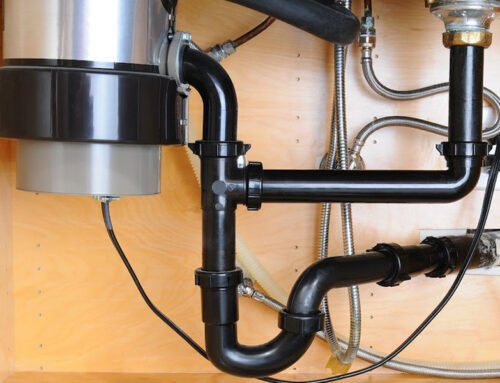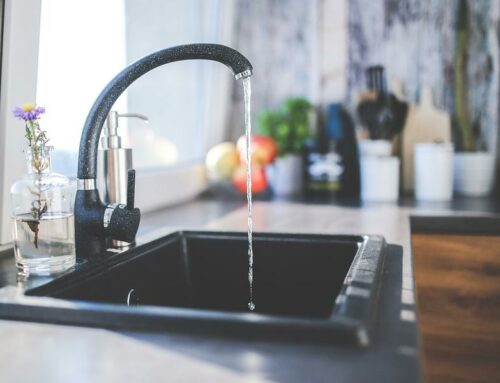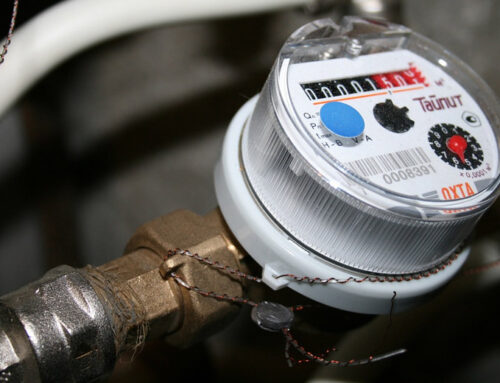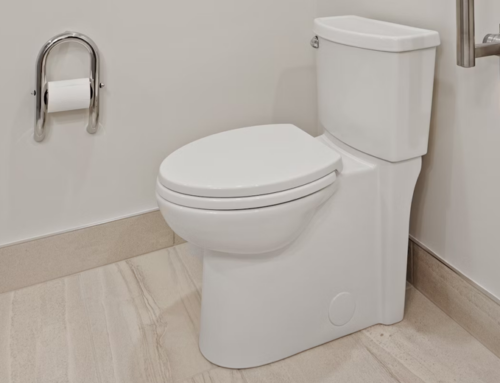Carbon monoxide (CO) is a colorless, odorless gas that poses a serious threat to human health. According to the CDC, 100,000 Americans visit the emergency room each year for CO exposure.
It is produced when fuels such as natural gas, propane, or oil burn incompletely. While water heaters are essential appliances in our homes, they can become a potential source of carbon monoxide leakage if certain conditions are not met. In this article, we will explore the reasons behind why a water heater might leak carbon monoxide and the importance of addressing this issue promptly.
Incomplete Combustion
The primary reason for carbon monoxide leakage from a water heater is incomplete combustion. When the burner in the water heater does not receive enough oxygen to burn the fuel completely, carbon monoxide is produced as a byproduct. In a well-functioning water heater, the combustion process involves the combination of fuel (natural gas, propane, or oil) and oxygen to produce heat and water vapor. However, if the air supply is restricted or there is a malfunction in the burner, incomplete combustion occurs, leading to the release of carbon monoxide.
Common Causes of Incomplete Combustion
- Insufficient Air Supply: Adequate ventilation is crucial for the proper functioning of a water heater. If the surrounding area lacks sufficient air, the combustion process is compromised. Ensure that the water heater is installed in a well-ventilated space, and any vents or air intakes are free from obstructions.
- Dirty or Clogged Burners: Over time, burners can accumulate dirt, dust, or other debris, hindering the combustion process. Regular maintenance, including cleaning and inspection of burners, is essential to prevent incomplete combustion.
- Malfunctioning Pilot Light: The pilot light is responsible for igniting the main burner. If the pilot light is weak or frequently extinguishes, it can lead to incomplete combustion. Regularly check and, if necessary, replace a malfunctioning pilot light.
- Improper Gas Pressure: The water heater requires a specific gas pressure to ensure proper combustion. If the gas pressure is too high or too low, it can result in incomplete combustion. A qualified technician should assess and adjust the gas pressure according to the manufacturer’s specifications.
- Blocked Ventilation System: The ventilation system plays a crucial role in expelling combustion byproducts, including carbon monoxide, safely outside the home. If the ventilation system is blocked or damaged, it can lead to the accumulation of carbon monoxide indoors.
- Worn-out or Faulty Heat Exchanger: The heat exchanger is responsible for transferring heat from the burner to the water. If the heat exchanger is damaged or worn out, it may cause incomplete combustion, leading to carbon monoxide leakage. Regular inspections by a professional can help identify and address issues with the heat exchanger.
Preventing Carbon Monoxide Leaks
- Regular Maintenance: Schedule annual maintenance checks for your water heater. This includes cleaning burners, inspecting the pilot light, and ensuring proper ventilation.
- Professional Inspections: Hire a licensed technician to conduct periodic inspections of your water heater. They can identify and address potential issues before they escalate.
- Proper Installation: Ensure that your water heater is installed by a qualified professional in accordance with local building codes. Proper installation includes adequate ventilation and compliance with safety standards.
- Carbon Monoxide Detectors: Install carbon monoxide detectors in key areas of your home, especially near bedrooms. These devices can provide an early warning if carbon monoxide levels rise, allowing you to take prompt action.
Conclusion
While water heaters are essential for our daily lives, it is crucial to be aware of the potential risks associated with carbon monoxide leakage. Incomplete combustion, often resulting from inadequate ventilation or malfunctioning components, is the primary cause of such leaks. Regular maintenance, professional inspections, and proper installation are key measures to prevent carbon monoxide issues. By staying vigilant and addressing any concerns promptly, homeowners can ensure the safety of their households and enjoy the benefits of a well-functioning water heater. If you suspect a carbon monoxide issue or are unsure about the safety of your water heater, it is advisable to contact a licensed plumbing professional for a thorough assessment and necessary repairs.






